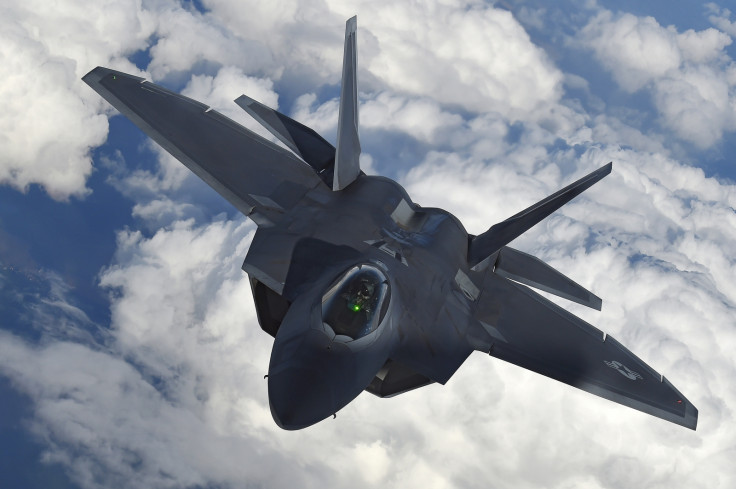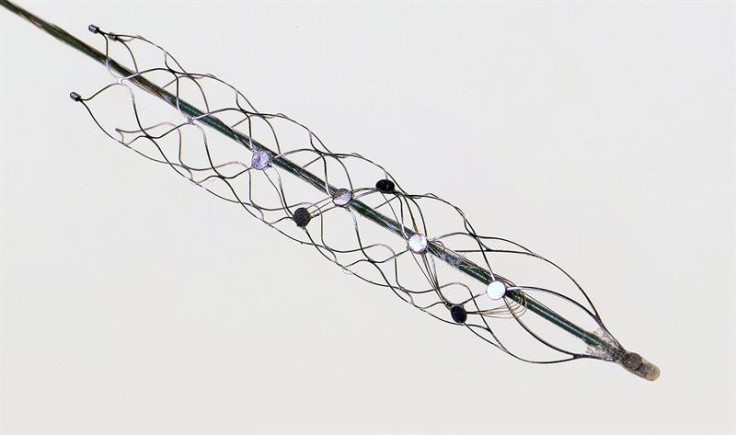Fighter jets piloted by mind control using brain-to-machine implant on the horizon

Engineers and neurologists in Australia are currently developing a system that enables humans to control the movements of robots by using just thoughts alone, which could have a myriad of beneficial uses in healthcare and defence.
Dr Tom Oxley, a neurologist at University of Melbourne (UoM) and Royal Melbourne Hospital, and Dr Nick Opie, a biomedical engineer at the UoM's Vascular Bionics Laboratory, have been working together with surgeons and engineers across 16 departments in UoM to develop a brain-machine interface in the last four years that could make telepathy truly possible.
The researchers have developed a tiny biocompatible implant called a stentrode, which comes with an array of electrodes that sits in a blood vessel next to the brain in order to record electrical activity from the motor cortex, which is the part of the brain that controls movements.
"If you consider how we use smartphones, it's incredible that we communicate silently to each other without talking. Now imagine if that little device was inside your brain and you didn't have to use your hands to type out the letters of the text message. Suddenly what you're achieving is considered telepathy," said Oxley.
"Direct brain-to-brain telecommunication is not unfeasible 30 years from now. These devices will enable us to achieve electronic capabilities that we can't really imagine now."
At the moment, the only way to put electrodes into the brain is to open up the skull during surgery. Instead, the stentrode is flexible enough to be able to pass through the brain via curving blood vessels, yet stiff enough to work properly once it arrives at its destination.
Controlling fighter jets with your mind

The project has been funded by the US Defense Advanced Research Projects Agency (Darpa), and so far, the researchers have been able to successfully implant the stentrode into a freely moving sheep, and then record brain signal readings for up to 190 days after it was implanted.
However, Darpa has much bigger dreams than controlling sheep – the government agency wants US Air Force pilots to be able to control fighter jets directly by plugging their brains into the machine.
This would make it much less stressful for the pilot, as flying planes is complex and requires the pilot to be able to evaluate and monitor several things at once. A direct brain-to-machine interface could reduce potential human error and time delay from the pilot seeing a problem and his brain sending a message to the muscles in his hands to take an action with the joystick.

"The military appear interested in the potential for jet fighters to control their planes with direct thought control, rather than using their arms. The reaction time you'd shave off would be milliseconds," said Oxley.
Darpa is also hoping that the stentrodes can be used to rehabilitate soldiers that have been paralysed in the field, so the electrical signals picked up by the implant can communicate with bionic exoskeletons and enable the patients to think a movement and make it happen in reality.
This technology would be similar to the work being done by Duke University neuroengineer Dr Miguel Nicolelis in Brazil. His mind-controlled robotic exoskeleton suits that enable paraplegic people to stand up and walk were successfully demonstrated at the opening ceremony of the 2014 FIFA World Cup.
© Copyright IBTimes 2025. All rights reserved.






















